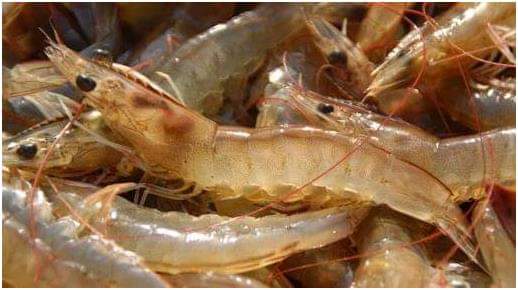By Sri S.Rajamaickam
Asst.Chief Technical officer
ICAR-CIBA
Proper farming of shrimp, and expert farmers and engineers have improved the sustainability of shrimp farming over the past 40+ years. These improvements in aquaculture are known as best practices. It will led the shrimp aquaculture sustainability movement.
A majority of shrimp farms small-to-medium sized, and are mostly operated by families. Best practices allow these small-scale farming families economic stability and improved farm sustainability.
Here are the 5 best practices for shrimp farming:
1. External Nursery
External Nurseries allow shrimp farmers to closely monitor baby shrimp. Before external nurseries, farmers would put all the juvenile shrimp into the pond directly, and if an illness hit the shrimp, farmers would quickly lose their crop. By using a nursery system, farmers are able to closely monitor their juvenile shrimp, helping to reduce illness and enabling farmers to keep a close eye on their crop. Shrimp are most vulnerable in their first 40 days of life, and by keeping juveniles out of large ponds, farmers are able to prevent the spread of germs that occur naturally in the surrounding environment. This best practice improves the survival rate of shrimp, the sustainability of farms and the income of farmers. This is most critical practice for raising shrimp, and farmers who incorporate external nurseries are far more successful and exponentially reduce their risk.
2. Central Drain Systems
In order to prevent illness, farmers have realized the importance of keeping a clean and healthy farming environment. Central drain systems clear sediment and detritus material from the bottom of the pond. Farm workers operate the central drain multiple times per day to remove this waste, helping to create a clean environment. This technology keeps the pond water clean, improves survivability and enhances the sustainability of a shrimp farm. Farms with a central drain are more successful and more sustainable.
3. Crab and Bird Nets
Crab and bird nets are protective nets that keep predatory species out of shrimp farms. Rogue crabs from local waterways can destroy pond infrastructure, carry illnesses, and force the emergency harvests of shrimp before they are of optimal size. Additionally, local aquatic birds can eat shrimp. Increasing the biosecurity of shrimp farms improves the overall health of the shrimp, reduces the chances that they fall victim to predators, and mitigates the destruction of pond infrastructure. Farms with this infrastructure are better able to raise shrimp and have higher survivability rates.
4. Aerators
Aerators typically consist of paddle wheels or oxygen lines that increase the dissolved oxygen in a pond. This equipment is pivotal to shrimp farming as it enables us to grow more shrimp, more efficiently, in higher densities. Ponds with high levels of dissolved oxygen decrease the overall stress of a shrimp, lowering the risk of illnesses and increasing growth rates. Additionally, ponds that use the best practice of central drains use circulating paddle wheels to consolidate debris into the central drain for removal. Aerators encourage the growth of healthy shrimp.
5. Pond Liners
Pond liners reduce erosion on a shrimp farm, especially by aerator systems that circulate the water. Fully lined ponds can also reduce water seepage and the amount of water needed to raise shrimp. There is, however, a debate among farmers about whether partially lined or fully lined ponds are more sustainable — fully lined ponds reduce the amount of seepage into the earth, but partially lined ponds allow shrimp to eat algae and small insects that thrive on bottom of a pond (reducing the amount of feed necessary to grow shrimp). All agree that the use of pond liners help reduce edge erosion, decrease maintenance costs and improve the longevity of the ponds.
These 5 best practices help shrimp farmers produce delicious shrimp more efficiently and sustainably. Many of these farms are family run, and the use of these better practices improves their quality of life. Additionally, a best practice improves the health and quality of shrimp, leading to better tasting shrimps



